Today we learn the value of writing scenes that KEEP THE READER TURNING THE PAGES

Day 1: Writing a Teaser
Day 2: Introducing Your Hero
Day 3: Setting up Your Hero’s Life
This one is going to hurt.
I want you to take everything you’ve written so far AND THROW IT AWAY.
Okay, okay, okay. I’m kidding.
Sort of.
But mentally, I do need you to cross that bridge, because today’s post is about taking the mundane logical stuff that you’ve written and turning it into something fun and compelling. So far, you’ve been writing for yourself. Now, I want you to write for the reader.
A huge problem with first acts is that there’s so much to set up. You have to set up your four most important characters. You have to set up secondary characters. You have to set up your hero’s life. You have to set up the world your hero exists in. You have to set up the plot. You have to introduce some backstory. You sometimes have to set up rules (like in Source Code, the rules of the loop).
As a result, what a lot of writers do, without realizing it, is they write a first act that sets up all of these things then pat themselves on the back for doing so. Which they should. Setting up a bunch of stuff is hard. But if ALL YOU’RE DOING is setting things up, you’re not entertaining the reader, which means they never made it past page 10.
That’s what today’s post is about. It’s about writing entertaining scenes so that the reader wants to keep reading. What constitutes “entertaining?” Simple. Anything that makes the reader want to turn the page.
You can go about this in a couple of ways. You can write the boring version of all your first act scenes, focusing exclusively on setting everything up, then come back and rewrite each scene with a focus on entertainment. Or you can do both right away. Ask yourself what you need to set up in the scene then ask, how can I do that in the most entertaining way possible?
Luckily, we have a prototype film that does this exceptionally. The Matrix. Go watch The Matrix now. It’s free on HBO Max, if you have it. Pay attention to just how entertaining the first act is. Afterwards, you can come back here and look at how each scene not only sets things up, but keeps us entertained along the way.
SCENE NUMBER 1 – TEASER
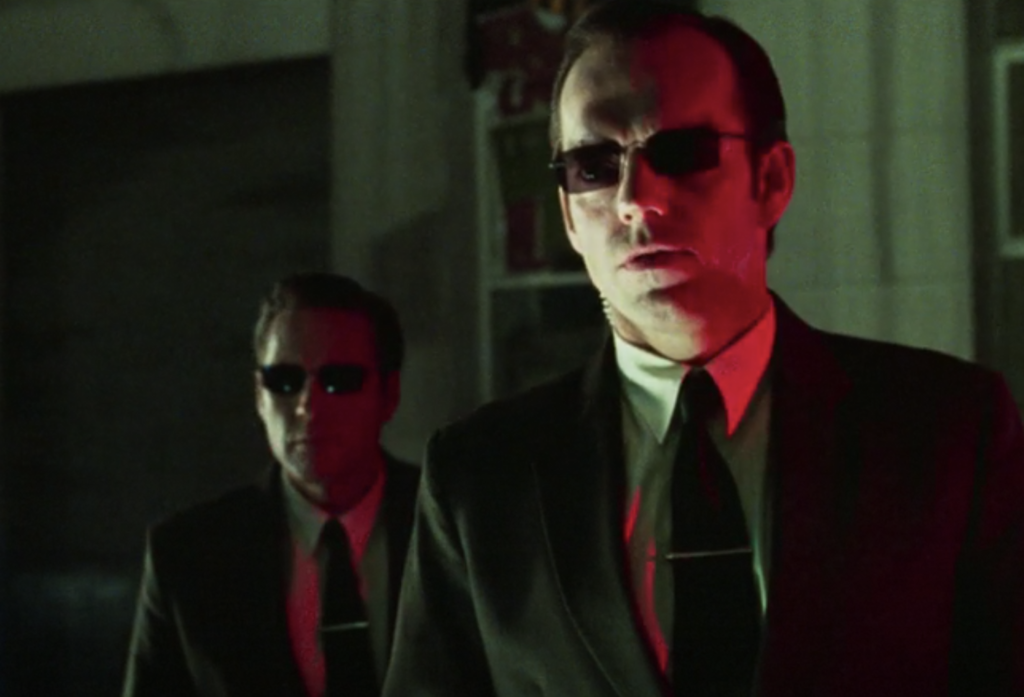
A teaser will be the easiest scene to make entertaining because that’s the function of the teaser. If your teaser isn’t one of the most entertaining scenes in the movie, I suggest you delete it. In The Matrix, we get Trinity being approached by a group of cops and mysterious men in suits. There’s mystery all over, which makes this a good time to remind you that when it comes to entertaining a reader, mystery is a great tool. Who are these men? Who is this girl who can run on walls and do death-defying stunts? Wait, did she just disappear in that phone booth? What’s going on? A reader isn’t just hooked after this teaser. They’re obsessed.
SCENE NUMBER 2 – WE MEET NEO
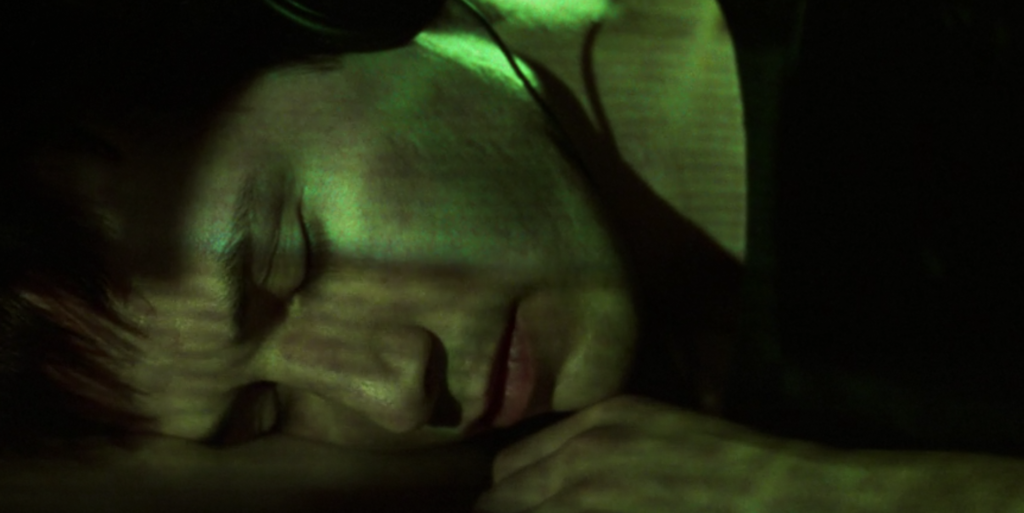
This is a scene a lot of writers would’ve tripped up on. You’ve had this giant teaser. You have to introduce your hero in a potentially ‘boring’ scene, since he’s home, by himself. This is, unfortunately, necessary, since we have to establish Neo as a loner, someone detached from the world. But the Wachowskis still keep the scene fun. Neo gets a mysterious message on his computer telling him to “follow the white rabbit.” When a group of partiers come to grab a hack Neo wrote, they ask him to come to the club with them and he says yes. Notice also that since there isn’t a lot the writers could’ve done in this scene (Neo alone in his room), they know to keep it short. If your scene isn’t as entertaining as it can be, shorten it up.
SCENE NUMBER 3 – NEO MEETS TRINITY
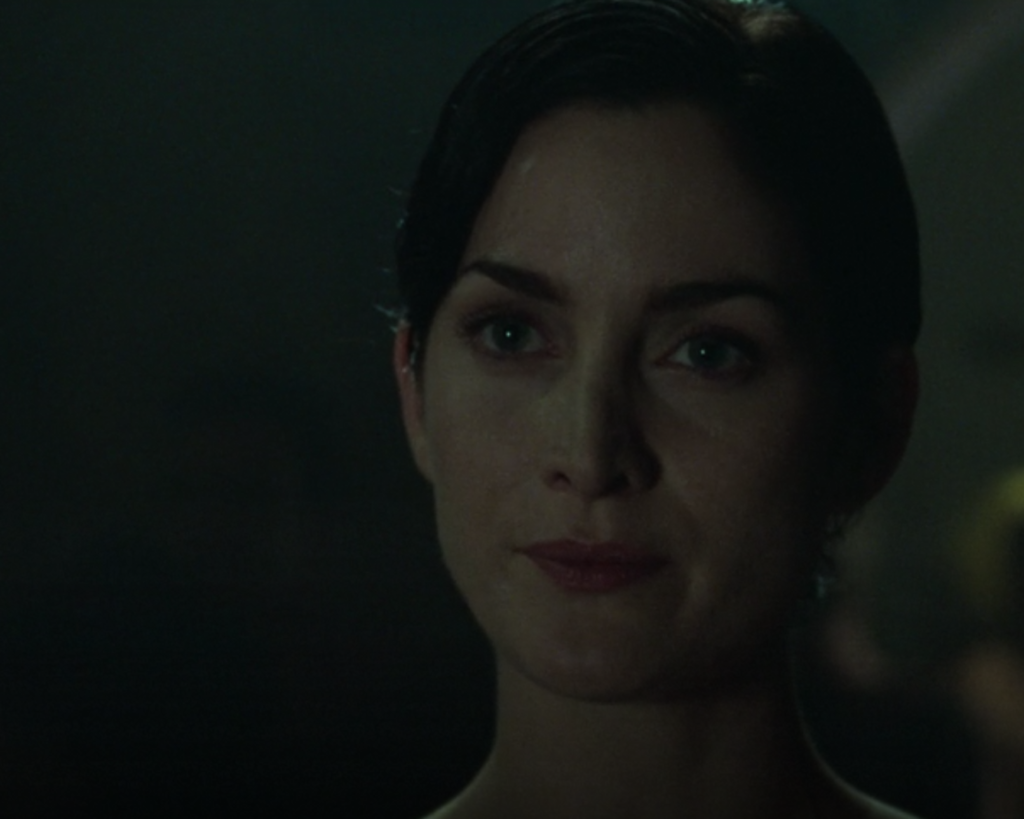
Another potentially boring scene. Two characters have to talk to each other. It’s very easy to make talking scenes boring. But here, the mysterious Trinity approaches Neo at the club. She plants some thoughts in his head, such as looking for something bigger. The Matrix. She can help him find it. It’s a short scene that keeps the mystery going. Again, the goal here is to get the reader to turn pages. That’s all we care about. And we want to turn the pages after Trinity, the badass we saw in the teaser, offers an opportunity to Neo to learn about the matrix. The matrix is, in essence, a mystery box. As long as it remains unopened, the reader will desperately want to learn more about it.
SCENE NUMBER 4 – NEO IS LATE
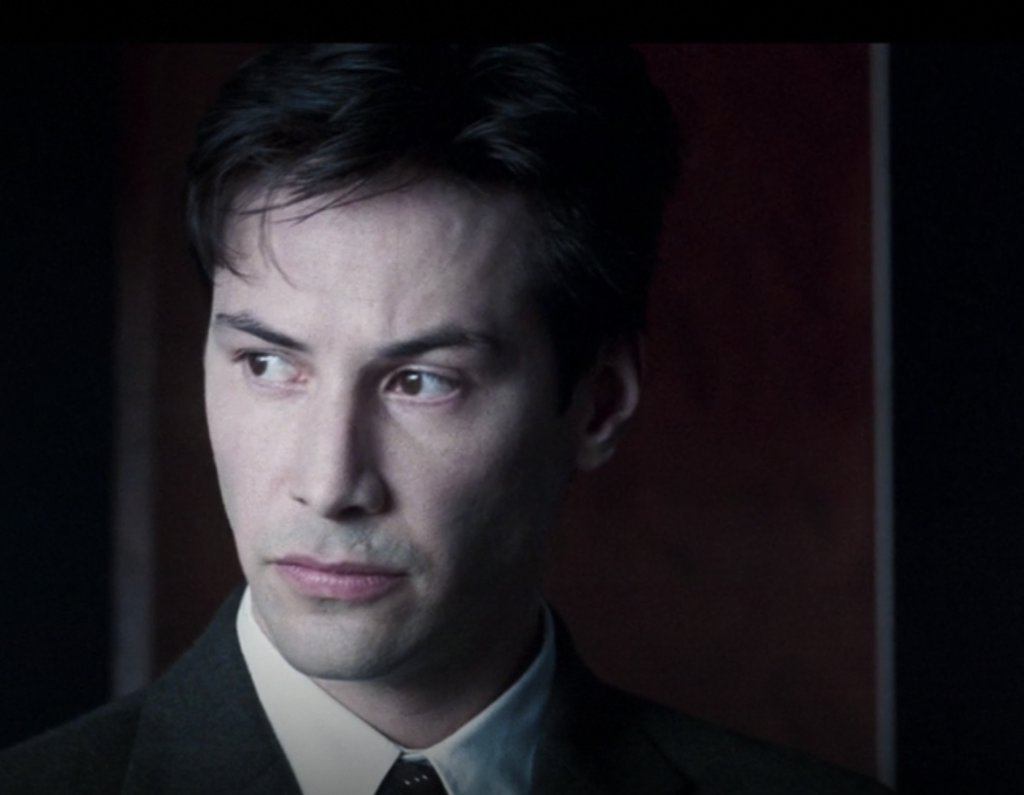
You will not have remembered this scene from The Matrix. But it’s a clever scene from a writing perspective. Let me tell you why. I read this type of scene a lot. It’s the scene where our hero, an office worker, has to talk to his boss about something, usually to set up all the work he has to do. In The Matrix, they use it as an opportunity to push the movie’s theme. The boss explains to Neo that everyone here is part of the whole. Individuality doesn’t work. Here’s the clever part, though, which helps turn a talky scene into something entertaining: Neo is late. So he’s getting scolded by the boss. This changes the tenor of the scene from “I’m setting up my hero’s workplace” to “A dramatically tense scene where my protagonist is being chastised.” It’s a small thing. But this is exactly what you should be doing. You shouldn’t just put two characters in a room to set up information. You have to find the dramatic angle that gives the scene an edge.
SCENE NUMBER 5 – NEO GETS A DELIVERY
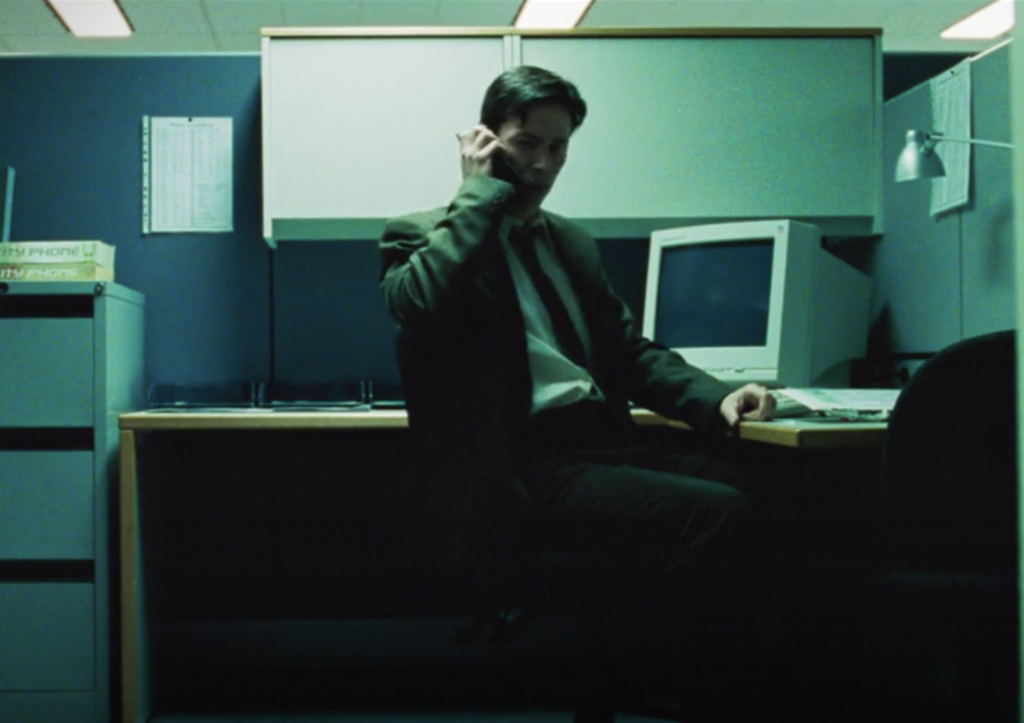
This is ANOTHER scene that could’ve gotten boring quickly. It’s the first time we’re seeing Neo at his workplace. Writers could’ve gotten too wrapped up in what Neo was working on or who Neo worked with. The Wachowskis don’t bother with any of that. They have a FedEx guy deliver a confused Neo a package. Neo opens it. It’s a phone. It rings. On the phone is some dude named Morpheus, who informs Neo he’s going to help him avoid the three scary suited guys we saw in the opening scene. This begins a game of cat and mouse around the office that Neo eventually fails. Chase scenes or scenes where your character will have to hide: these situations have entertainment value baked in.
SCENE NUMBER 6 – THE INTERROGATION
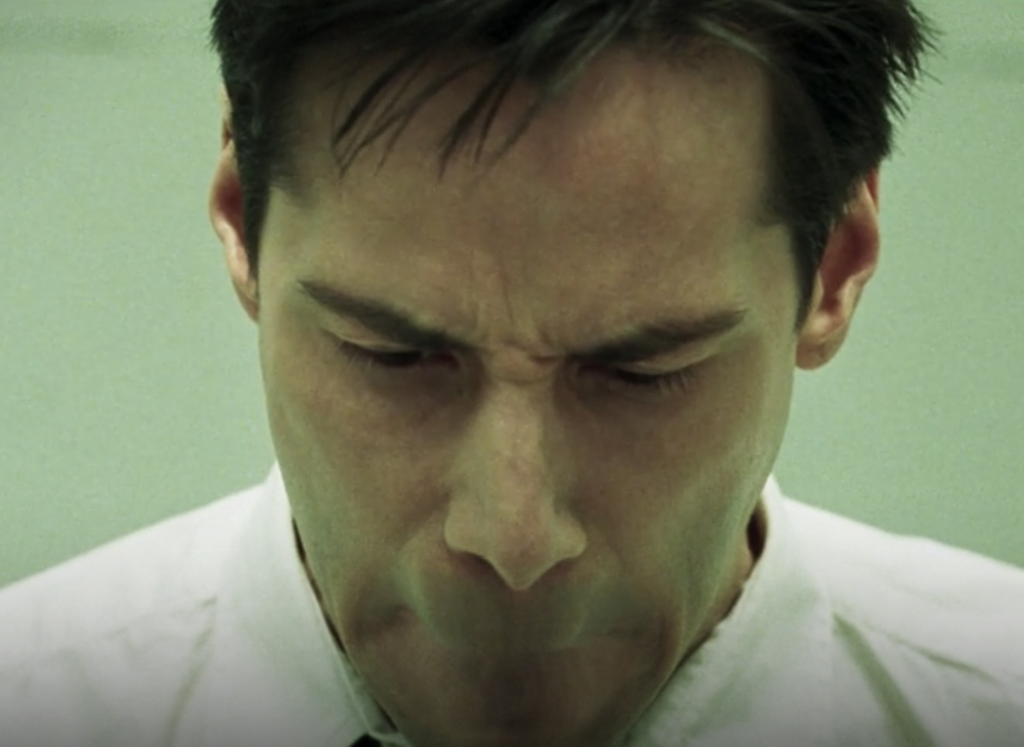
The agents have now captured Neo and bring him back to the station, where they have some questions. It’s an interrogation scene that has some tricks up its sleeve to keep things extra-entertaining (Agent Smith makes Neo’s mouth disappear then inserts some sort of device in his body). Half of coming up with entertaining scenes is finding scenarios that do the work for you. Interrogation scenes are always tense so you know the scene is going to be entertaining. But notice how the Wachowskis keep building on the mystery. These strange agents seem to have these powers. They want to track Neo for some reason. There’s no way we’re not turning the page after these reveals. We have to see what happens next. As a comparison, I want you to go to the sixth scene in your script. Read it. Does it make the case that you MUST KEEP READING? If not, you can do better.
SCENE NUMBER 7 – THE CAR RIDE
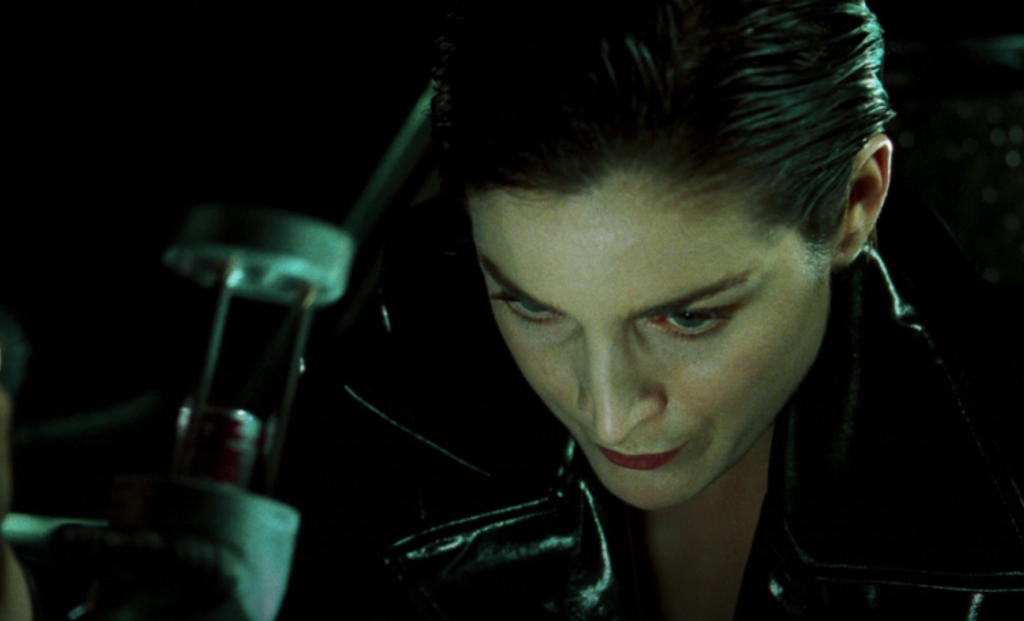
After waking up and going outside, Morpheus’s team pick Neo up. Before Neo knows it, there’s a woman with a gun pointed at him telling him to take off his shirt. I mean look at how quickly these scenes jump into the good stuff. There’s no mindless dialogue. No setting up boring information we need to know. Each scene seems specifically designed to entertain first, exposition second. Next they pin Neo down and extract the tracker the agents put inside of him.
SCENE NUMBER 8 – NEO MEETS MORPHEUS
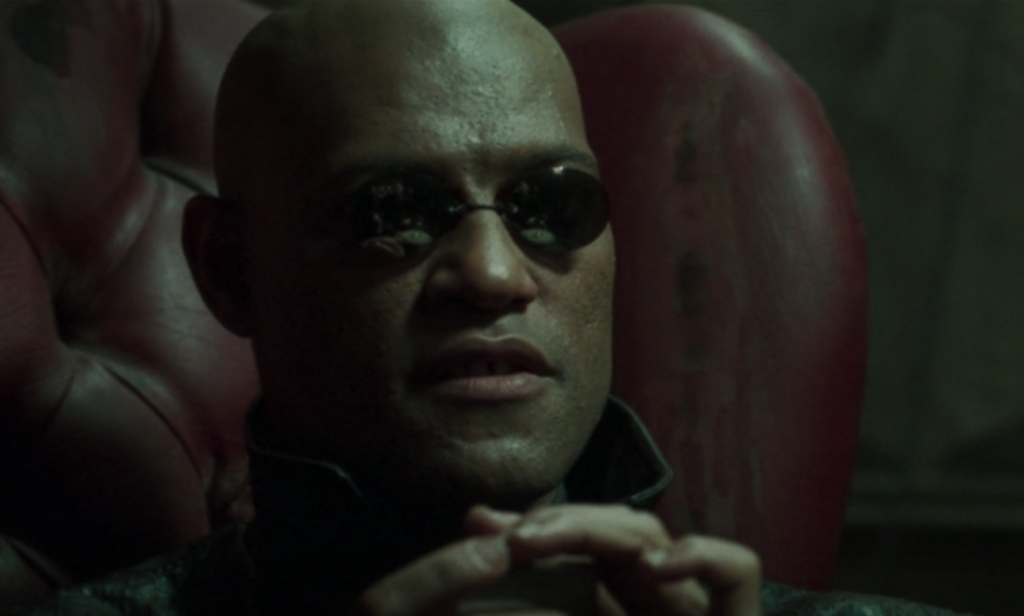
This is the most exposition-centered scene in the script so far. But the Wachowskis have done such a good job setting up Morpheus that, as readers, we’re all-in with this scene. Remember, not every scene is going to be entertaining in the same way. A car chase is different from a mystery is different from an argument is different from a suspenseful scenario. Here, the work for making the scene entertaining has already been done. We’ve built up Morpheus and, therefore, are thrilled to meet him. On top of that, we’re still curious what Morpheus wants from Neo, and how this all comes back to the matrix. Still, the Wachowskis look for ways to add even more entertainment. So instead of Morpheus saying, “Follow me,” and walking through a door into the Matrix, he gives Neo a choice, the red pill or the blue pill. It’s always entertaining to watch your hero make difficult choices, so it’s a great scenario to add to your scene. — Of course, after this scene, Neo crosses over into the real world and his second act adventure begins.
I can honestly say that there isn’t a single moment in the first act of The Matrix where I wasn’t invested, where I didn’t want to turn the pages. That’s what you’re aiming for with your first act. Yes, get all the relevant setup in there. But then go to work on every single scene, asking yourself, “How do I make this scene as entertaining as possible?” Think of each scene as its own short movie and you’ll have a head start. Because every movie needs to be entertaining.
If you can internalize this, you will be writing first acts that are tens if not hundreds of times better than 85% of the writers out there. Once a screenwriter learns how valuable even an eighth of a page is when it comes to, potentially, losing the reader, they make it their mission that no reader will ever be bored reading their screenplays again. And their screenplays become so much better as a result.
It’s time for you to make that jump.
Next First Act Post: Wednesday, March 9
Pages to write until next post: 2
Pages you should have completed after today’s assignment: 13

